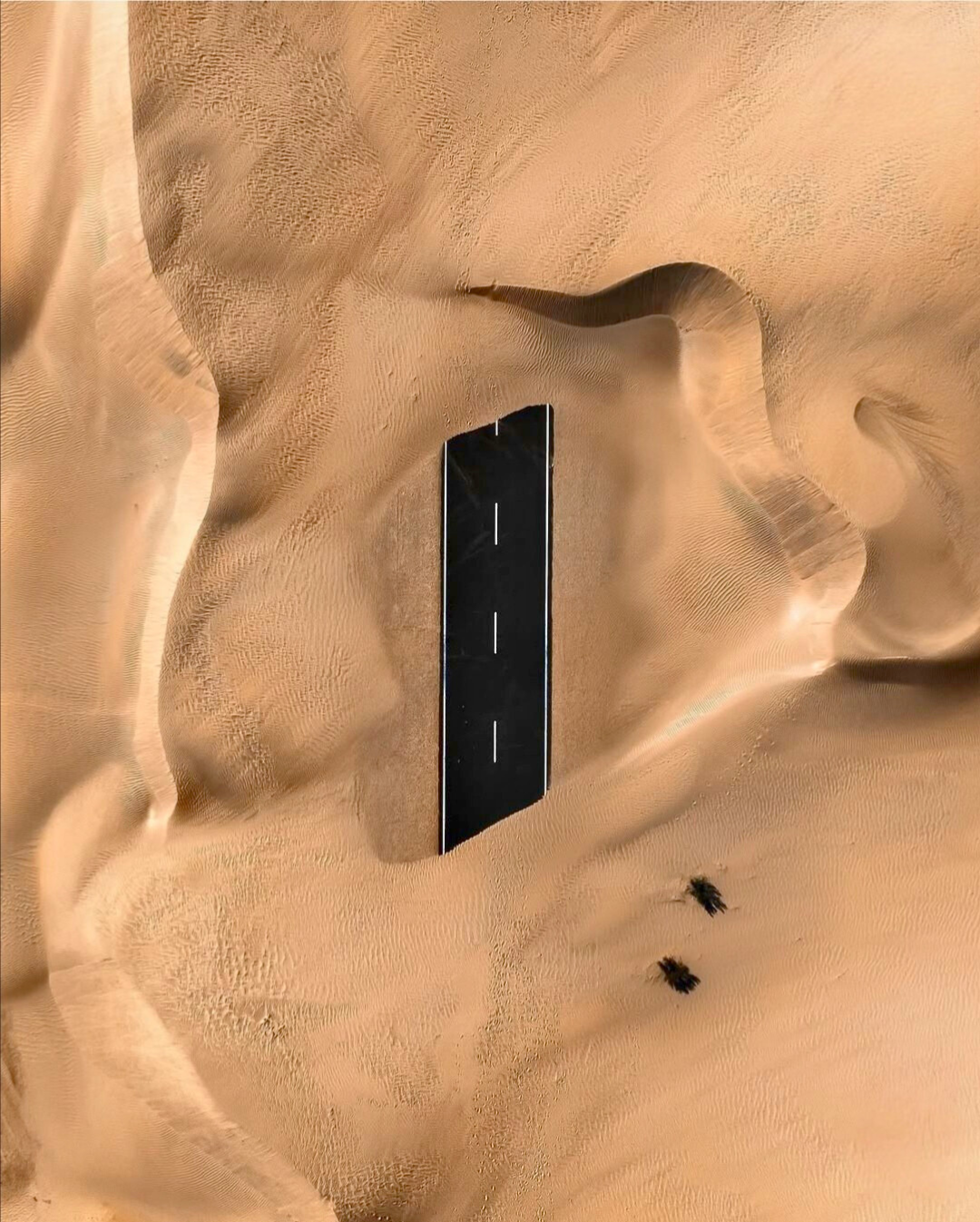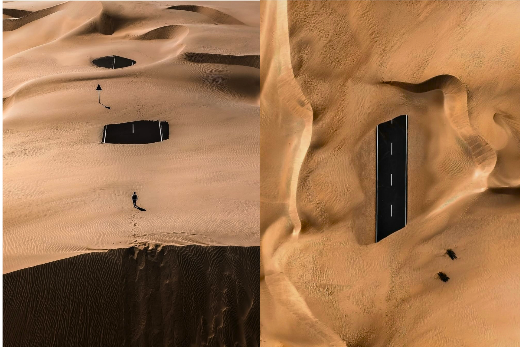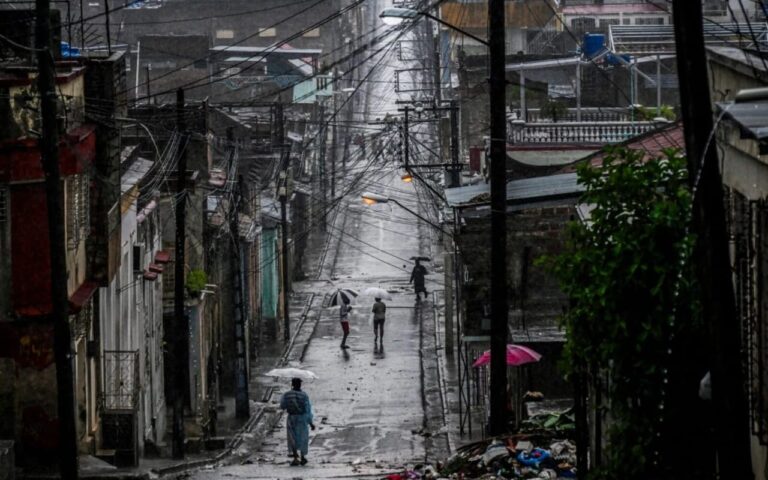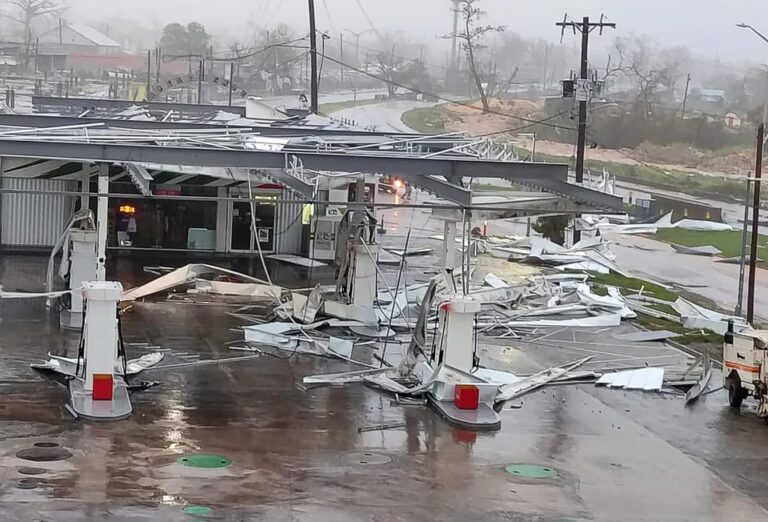Dubai’s desert climate makes sandstorms a relatively common phenomenon, and after one, the roads can become challenging for drivers. From reduced visibility to sand accumulation, it’s important to know what to expect and how to stay safe
Road Conditions After a Sandstorm
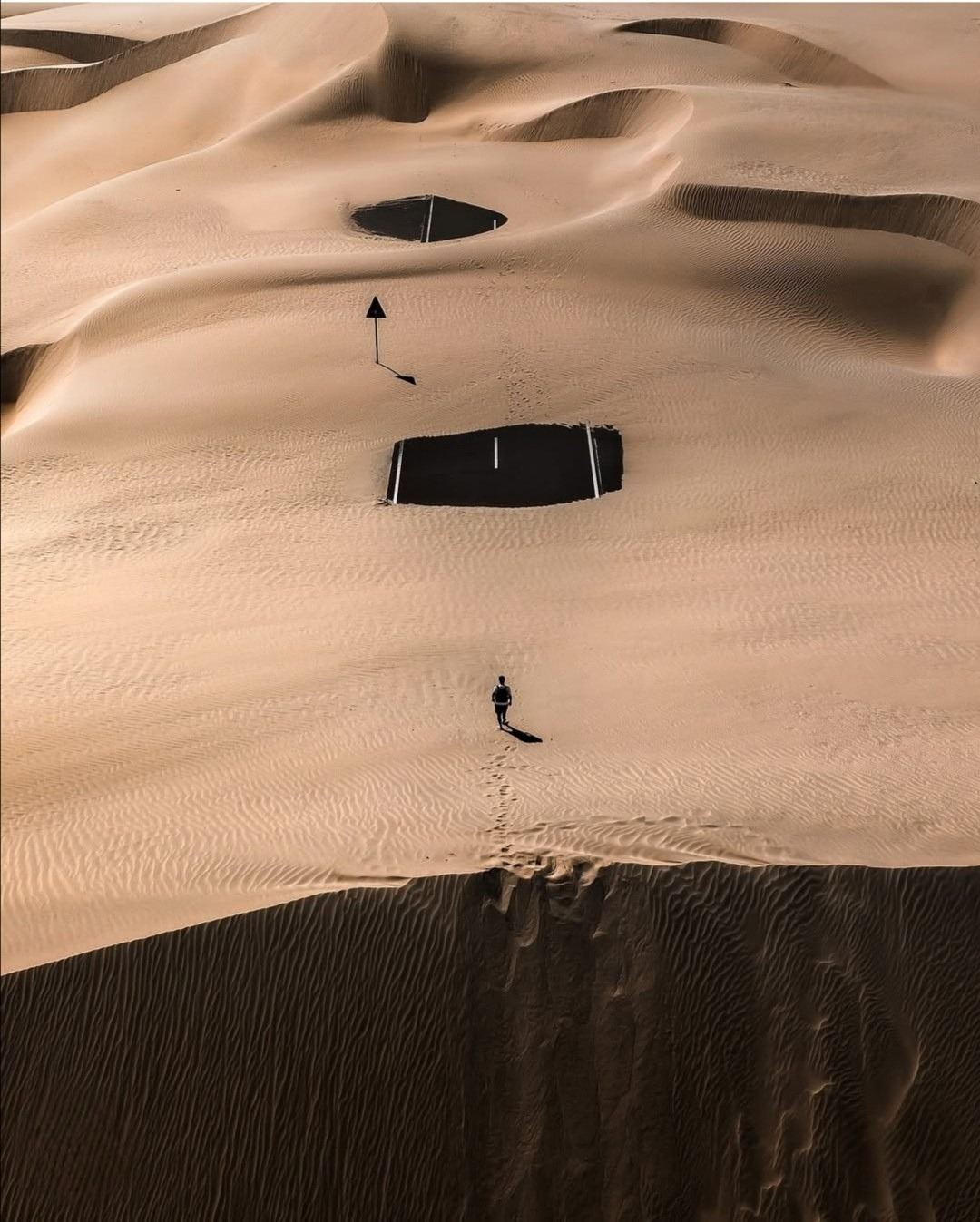
After a sandstorm, roads in Dubai, including major highways like Sheikh Zayed Road, can be partially or fully covered in sand. Visibility can drop drastically, making driving risky. Authorities usually act quickly to clear main roads and restore safe traffic flow. For example, during the March 2023 sandstorm, crews had to temporarily close parts of Sheikh Zayed Road to remove sand and debris.
Safety Tips for Driving After a Sandstorm
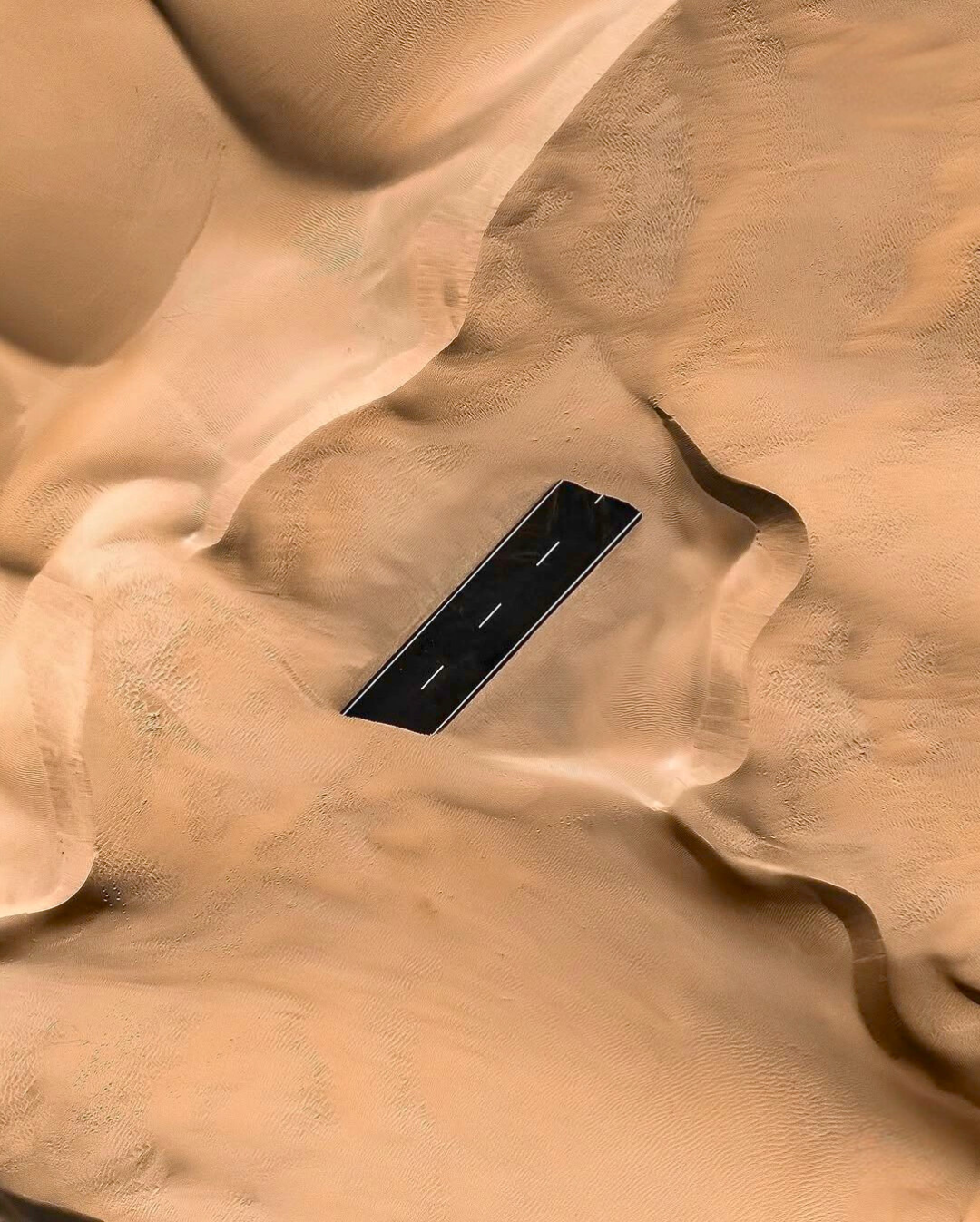
If you must drive after a sandstorm, follow these precautions:
- Reduce speed: Slippery sand on roads can make stopping distances longer.
- Maintain distance: Keep extra space between your vehicle and others.
- Use headlights: Even during the day, this improves visibility.
- Keep windows closed: Prevents dust from entering the car.
- Recirculate air: Use your car’s air conditioning in recirculation mode to minimize dust exposure.
Alternatives to Driving
When possible, avoid driving immediately after a sandstorm. Public transport or waiting a few hours until roads are cleared can be safer.
Stay Updated
For real-time updates on road conditions, check:
- Dubai Roads and Transport Authority (RTA)
- RTA social media channels
Conclusion
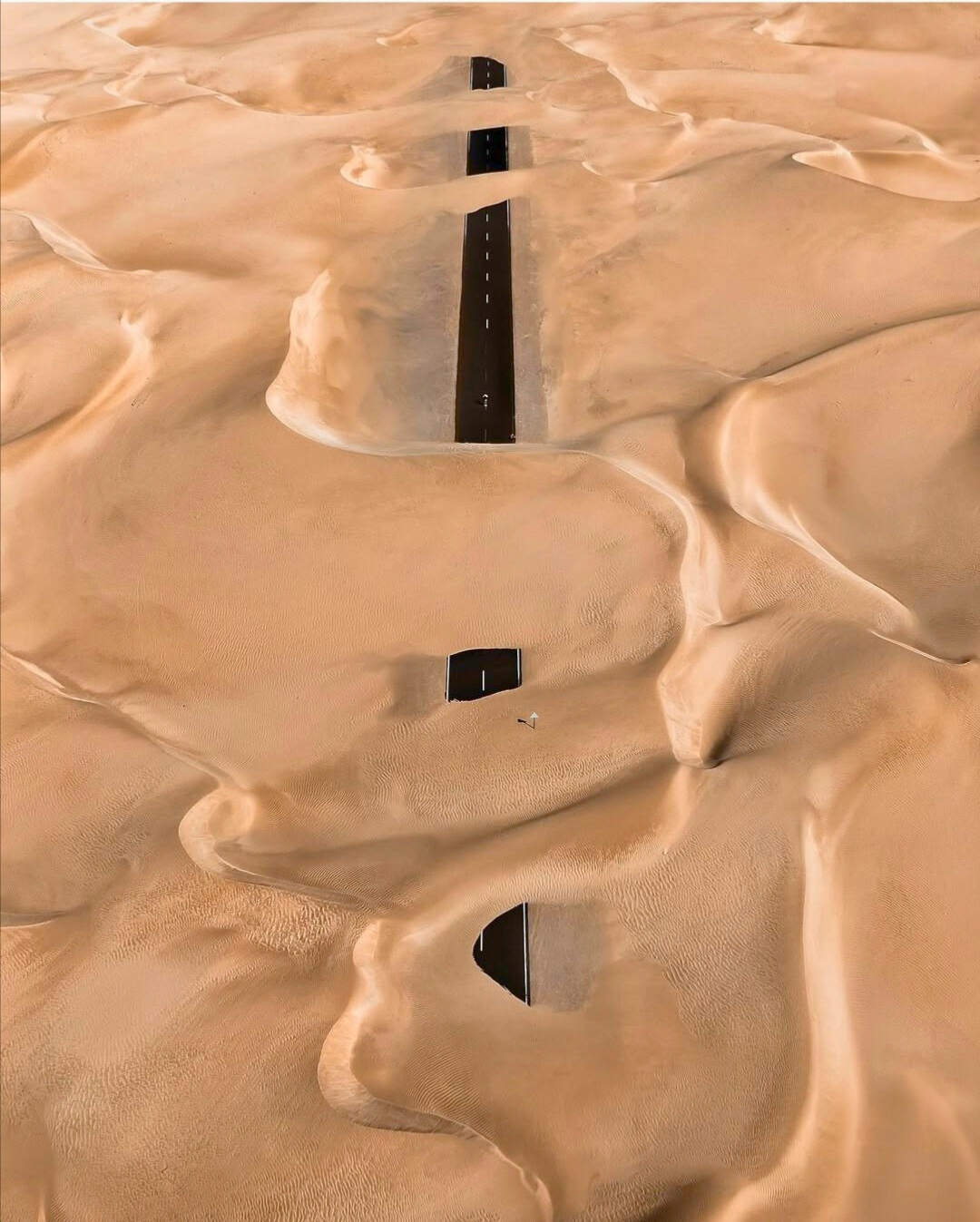
Sandstorms are part of Dubai’s unique desert environment, but with caution and preparation, you can navigate safely. Always check road conditions and drive responsibly to stay safe.
